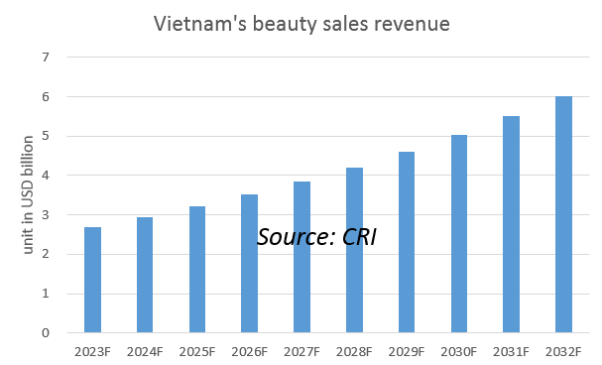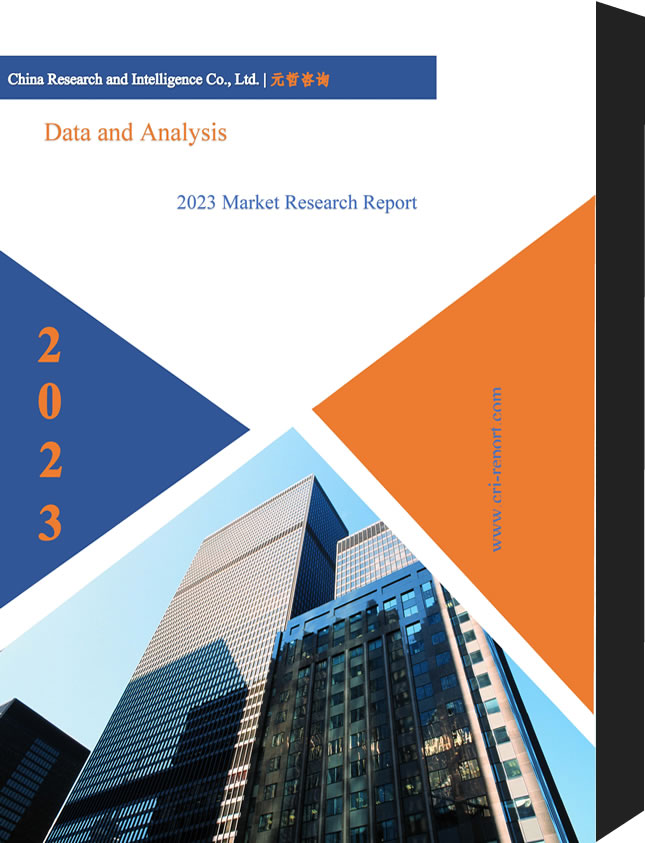Description
Southeast Asia Beauty Industry Overview
With the economic development of Southeast Asia, the level of urbanization is gradually increasing, the residents’ living standards are improving, and the demand for their own beauty is growing, Southeast Asia has also become an emerging market for the global beauty and cosmetics industry to focus on development. In 2020, the Southeast Asian beauty market revenue exceeds US$25 billion. The beauty market in Indonesia, Singapore, Malaysia, the Philippines, Thailand, Vietnam and Myanmar have a certain scale. Currently, the Southeast Asian beauty market is dominated by affordable products. As the per capita income of residents in Southeast Asia increases, their consumer demand will gradually develop from the low-end segment to the mid- to high-end segment.

Meanwhile, lower labor and land costs in Southeast Asia have attracted global beauty product manufacturers to invest and build factories in Southeast Asia. South Korean cosmetics ODM manufacturer Cosmax built its own factories in Indonesia and Thailand in 2014 and 2017, supplying beauty products to local Southeast Asian cosmetics brands such as Mistine.
Southeast Asia in this report includes 10 countries: Singapore, Thailand, Philippines, Malaysia, Indonesia, Vietnam, Myanmar, Brunei, Laos and Cambodia. With a total population of over 600 million by the end of 2021, Southeast Asia has an overall economic growth rate higher than the global average and is one of the key drivers of future global economic growth.
According to CRI’s analysis, the economic levels of the 10 Southeast Asian countries vary greatly, with Singapore being the only developed country with a per capita GDP of about US$73,000 in 2021. While Myanmar and Cambodia will have a GDP per capita of less than US$2,000 in 2021. The population and minimum wage levels of each country also vary greatly. Brunei, which has the smallest population, will have a total population of less than 500,000 people in 2021, while Indonesia, which has the largest population, will have a population of about 275 million people in 2021.
CRI expects the beauty industry in Southeast Asia to maintain growth from 2023-2032. On the one hand, global beauty manufacturers are gradually shifting their production capacity to Southeast Asia, and on the other hand, the growth of Southeast Asia’s economy will drive the growth of its beauty market size.
Topics covered:
- Southeast Asia Beauty Industry Status and Major Sources in 2018-2022
- What is the Impact of COVID-19 on Southeast Asia Beauty Industry?
- Which Companies are the Major Players in Southeast Asia Beauty Industry Market and What are their Competitive Benchmarks?
- Key Drivers and Market Opportunities in Southeast Asia Beauty Industry
- What are the Key Drivers, Challenges, and Opportunities for Southeast Asia Beauty Industry during 2023-2032?
- What is the Expected Revenue of Southeast Asia Beauty Industry during 2023-2032?
- What are the Strategies Adopted by the Key Players in the Market to Increase Their Market Share in the Industry?
- What are the Competitive Advantages of the Major Players in Southeast Asia Beauty Industry Market?
- Which Segment of Southeast Asia Beauty Industry is Expected to Dominate the Market in 2032?
- What are the Major Adverse Factors Facing Southeast Asia Beauty Industry?
Table of Contents
1 Singapore Beauty Industry Analysis
1.1 Singapore Beauty Industry Development Environment
1.1.1 Geography
1.1.2 Population
1.1.3 Economy
1.1.4 Minimum Wage in Singapore
1.2 Singapore Beauty Industry Operation 2018-2022
1.2.1 Singapore Beauty Industry Production Status
1.2.2 Singapore Beauty Industry Sales Status
1.2.3 Singapore Beauty Industry Import and Export Status
1.3 Analysis of Major Beauty Production and Trading Companies in Singapore
2 Analysis of Thailand Beauty Industry
2.1 Development Environment of Thailand Beauty Industry
2.1.1 Geography
2.1.2 Population
2.1.3 Economy
2.1.4 Thailand Minimum Wage
2.2 Thailand Beauty Industry Operation 2018-2022
2.2.1 Thailand Beauty Industry Production Status
2.2.2 Thailand Beauty Industry Sales Status
2.2.3 Thailand Beauty Industry Import and Export Status
2.3 Major Beauty Production and Trading Companies in Thailand
3 Analysis of the Beauty Industry in the Philippines
3.1 Development Environment of Philippine Beauty Industry
3.1.1 Geography
3.1.2 Population
3.1.3 Economy
3.1.4 Minimum Wage in the Philippines
3.2 Philippines Beauty Industry Operation 2018-2022
3.2.1 Production Status of Beauty Industry in the Philippines
3.2.2 Philippines Beauty Industry Sales Status
3.2.3 Import and Export Status of Philippines Beauty Industry
3.3 Major Beauty Production and Trading Companies in the Philippines
4 Malaysia Beauty Industry Analysis
4.1 Malaysia Beauty Industry Development Environment
4.1.1 Geography
4.1.2 Population
4.1.3 Economy
4.1.4 Minimum Wage in Malaysia
4.2 Malaysia Beauty Industry Operation 2018-2022
4.2.1 Malaysia Beauty Industry Production Status
4.2.2 Malaysia Beauty Industry Sales Status
4.2.3 Malaysia Beauty Industry Import and Export Status
4.3 Major Malaysian Beauty Production and Trading Companies
5 Indonesia Beauty Industry Analysis
5.1 Indonesia Beauty Industry Development Environment
5.1.1 Geography
5.1.2 Population
5.1.3 Economy
5.1.4 Minimum Wage in Indonesia
5.2 Indonesia Beauty Industry Operation 2018-2022
5.2.1 Indonesia Beauty Industry Production Status
5.2.2 Indonesia Beauty Industry Sales Status
5.2.3 Indonesia Beauty Industry Import and Export Status
5.3 Major Indonesian Beauty Production and Trading Companies
6 Vietnam Beauty Industry Analysis
6.1 Development Environment of Vietnam Beauty Industry
6.1.1 Geography
6.1.2 Population
6.1.3 Economy
6.1.4 Minimum Wage in Vietnam
6.2 Vietnam Beauty Industry Operation 2018-2022
6.2.1 Vietnam Beauty Industry Production Status
6.2.2 Vietnam Beauty Industry Sales Status
6.2.3 Import and Export Status of Vietnam Beauty Industry
6.3 Major Beauty Production and Trading Enterprises in Vietnam
7 Myanmar Beauty Industry Analysis
7.1 Development Environment of Myanmar Beauty Industry
7.1.1 Geography
7.1.2 Population
7.1.3 Economy
7.1.4 Myanmar Minimum Wage
7.2 Myanmar Beauty Industry Operation 2018-2022
7.2.1 Myanmar Beauty Industry Production Status
7.2.2 Myanmar Beauty Industry Sales Status
7.2.3 Myanmar Beauty Industry Import and Export Status
7.3 Major Beauty Production and Trading Companies in Myanmar
8 Brunei Beauty Industry Analysis
8.1 Brunei Beauty Industry Development Environment
8.1.1 Geography
8.1.2 Population
8.1.3 Economy
8.1.4 Brunei Minimum Wage
8.2 Brunei Beauty Industry Operation 2018-2022
8.2.1 Brunei Beauty Industry Production Status
8.2.2 Brunei Beauty Industry Sales Status
8.2.3 Import and Export Status of Brunei Beauty Industry
8.3 Major Brunei Beauty Production and Trading Enterprises
9 Laos Beauty Industry Analysis
9.1 Development Environment of Laos Beauty Industry
9.1.1 Geography
9.1.2 Population
9.1.3 Economy
9.1.4 Minimum Wage in Laos
9.2 Laos Beauty Industry Operation 2018-2022
9.2.1 Laos Beauty Industry Production Status
9.2.2 Laos Beauty Industry Sales Status
9.2.3 Laos Beauty Industry Import and Export Status
9.3 Major Laos Beauty Production and Trading Companies
10 Cambodia Beauty Industry Analysis
10.1 Development Environment of Cambodia Beauty Industry
10.1.1 Geography
10.1.2 Population
10.1.3 Economy
10.1.4 Minimum Wage in Cambodia
10.2 Cambodia Beauty Industry Operation 2018-2022
10.2.1 Cambodia Beauty Industry Production Status
10.2.2 Cambodia Beauty Industry Sales Status
10.2.3 Cambodia Beauty Industry Import and Export Status
10.3 Major Beauty Production and Trading Companies in Cambodia
11 Southeast Asia Beauty Industry Outlook 2023-2032
11.1 Analysis of Factors Affecting the Development of Southeast Asian Beauty Industry
11.1.1 Favorable Factors
11.1.2 Unfavorable Factors
11.2 Southeast Asia Beauty Industry Supply Forecast 2023-2032
11.3 Southeast Asia Beauty Industry Manufacturing Market Demand Forecast 2023-2032
11.4 Impact of COVID -19 Epidemic on Beauty Industry



Reviews
There are no reviews yet.